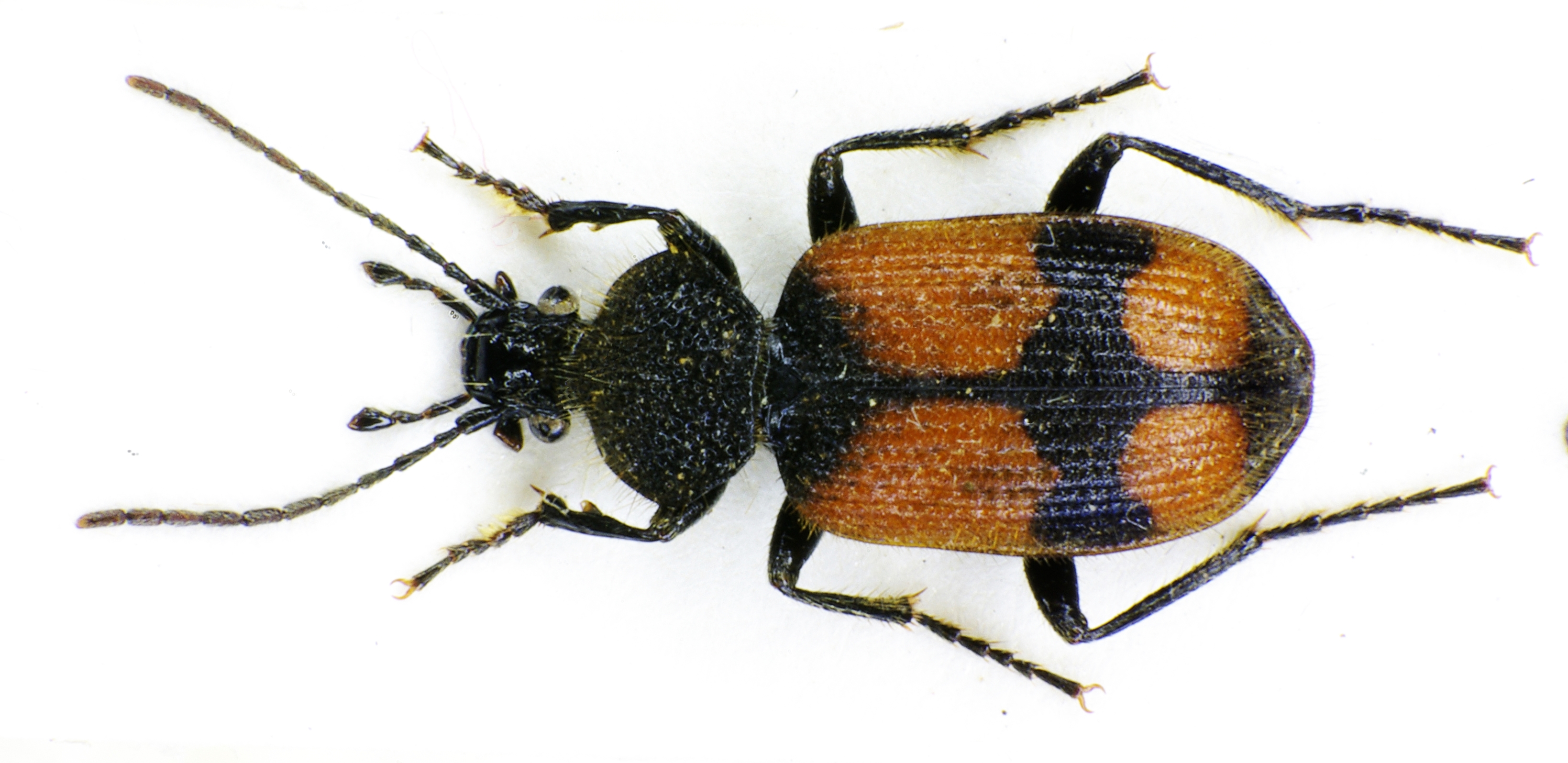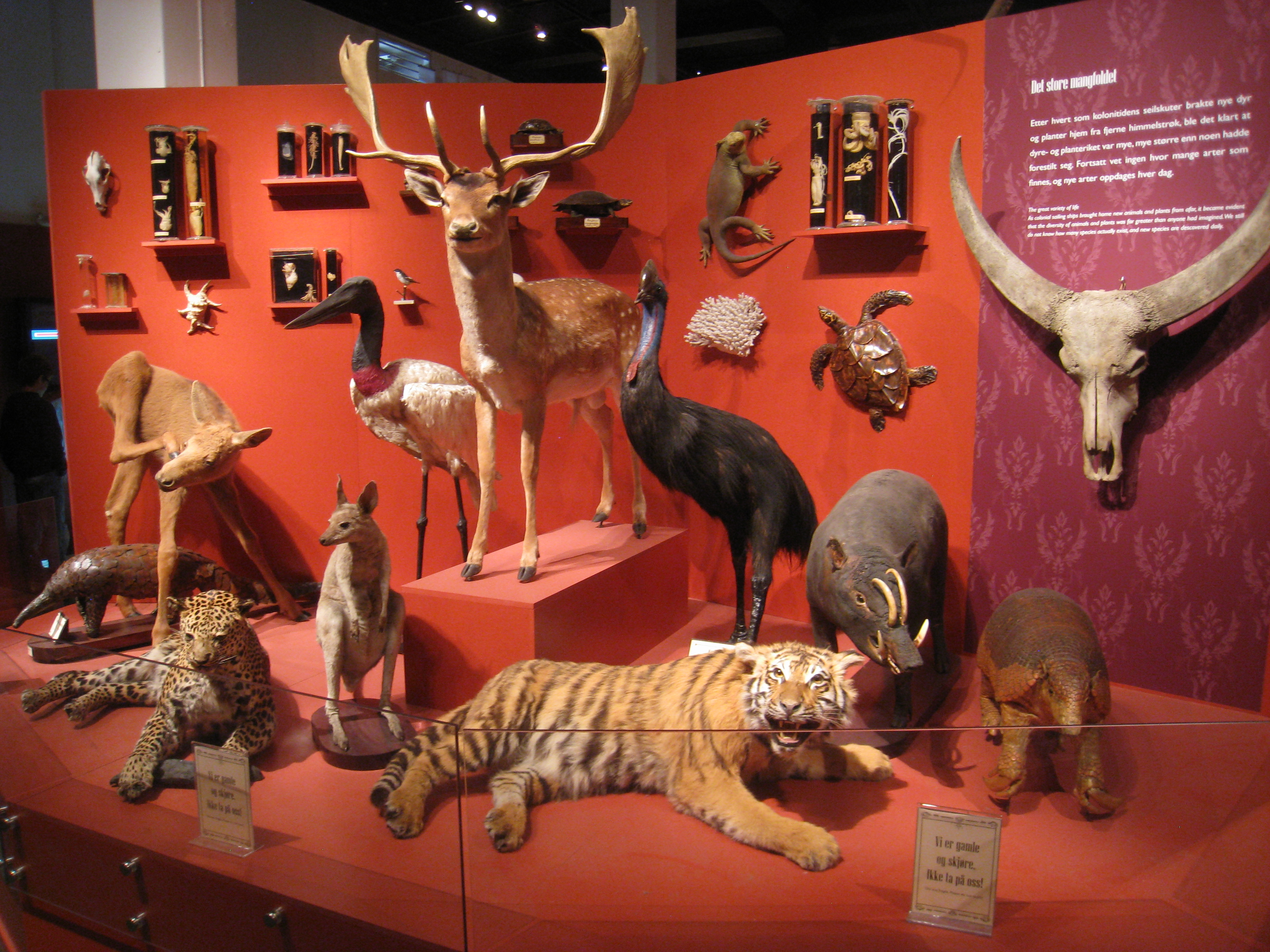|
Leistus Schuelkei
''Leistus schuelkei'' is a species of ground beetle that can be found in Turkey. It is in the subgenus ''Leistus''. The species is based on 5 specimens caught in the same spot at an altitude of 2050 m (6725 ft) in north-eastern Turkey. Description ''Leistus schuelkei'' is glossy dark, but the limbs are a bit paler and more brownish. Etymology The specific epithet In Taxonomy (biology), taxonomy, binomial nomenclature ("two-term naming system"), also called binary nomenclature, is a formal system of naming species of living things by giving each a name composed of two parts, both of which use Latin gramm ... "schuelkei" is a tribute to one of the authors' friends. His name is Michael Schülke and he was the one to bring them the specimens the authors used to describe ''L. schuelkei'' and another species, ''L. trabzonicus''. References schuelkei Beetles described in 2010 {{Carabidae-stub ... [...More Info...] [...Related Items...] OR: [Wikipedia] [Google] [Baidu] |
Ground Beetle
Ground beetles are a large, cosmopolitan distribution, cosmopolitan family (biology), family of beetles, the Carabidae, with more than 40,000 species worldwide, around 2,000 of which are found in North America and 2,700 in Europe. As of 2015, it is one of the 10 most species-rich animal families. They belong to the Adephaga. Members of the family are primarily Carnivore, carnivorous, but some members are Herbivore, herbivorous or Omnivore, omnivorous. Description and ecology Although their body shapes and coloring vary somewhat, most are shiny black or metallic and have ridged wing covers (elytra). The elytra are fused in some species, particularly the large Carabinae, rendering the beetles unable to fly. The species ''Mormolyce phyllodes'' is known as violin beetle due to their peculiarly shaped elytra. All carabids except the quite primitive flanged bombardier beetles (Paussinae) have a groove on their arthropod leg, fore leg tibiae bearing a comb of hairs used for cleaning the ... [...More Info...] [...Related Items...] OR: [Wikipedia] [Google] [Baidu] |
Turkey
Turkey, officially the Republic of Türkiye, is a country mainly located in Anatolia in West Asia, with a relatively small part called East Thrace in Southeast Europe. It borders the Black Sea to the north; Georgia (country), Georgia, Armenia, Azerbaijan, and Iran to the east; Iraq, Syria, and the Mediterranean Sea to the south; and the Aegean Sea, Greece, and Bulgaria to the west. Turkey is home to over 85 million people; most are ethnic Turkish people, Turks, while ethnic Kurds in Turkey, Kurds are the Minorities in Turkey, largest ethnic minority. Officially Secularism in Turkey, a secular state, Turkey has Islam in Turkey, a Muslim-majority population. Ankara is Turkey's capital and second-largest city. Istanbul is its largest city and economic center. Other major cities include İzmir, Bursa, and Antalya. First inhabited by modern humans during the Late Paleolithic, present-day Turkey was home to List of ancient peoples of Anatolia, various ancient peoples. The Hattians ... [...More Info...] [...Related Items...] OR: [Wikipedia] [Google] [Baidu] |
Zoological Specimen
A zoological specimen is an animal or part of an animal preserved for scientific use. Various uses are: to verify the identity of a (species), to allow study, increase public knowledge of zoology. Zoological specimens are extremely diverse. Examples are bird and mammal study skins, mounted specimens, skeletal material, casts, pinned insects, dried material, animals preserved in liquid preservatives, and microscope slides. Natural history museums are repositories of zoological specimens Study skins Bird and mammal specimens are conserved as dry study skins, a form of taxidermy. The skin is removed from the animal's carcass, treated with absorbents, and filled with cotton or polyester batting (In the past plant fibres or sawdust were used). Bird specimens have a long, thin, wooden dowel wrapped in batting at their center. The dowel is often intentionally longer than the bird's body and exits at the animal's vent. This exposed dowel provides a place to handle the bird without distu ... [...More Info...] [...Related Items...] OR: [Wikipedia] [Google] [Baidu] |
Specific Name (zoology)
In zoological nomenclature, the specific name (also specific epithet, species epithet, or epitheton) is the second part (the second name) within the scientific name of a species (a binomen). The first part of the name of a species is the name of the genus or the generic name. The rules and regulations governing the giving of a new species name are explained in the article species description. For example, the scientific name for humans is ''Homo sapiens'', which is the species name, consisting of two names: ''Homo'' is the " generic name" (the name of the genus) and ''sapiens'' is the "specific name". Etymology Historically, ''specific name'' referred to the combination of what are now called the generic and specific names. Carl Linnaeus, who formalized binomial nomenclature, made explicit distinctions between specific, generic, and trivial names. The generic name was that of the genus, the first in the binomial, the trivial name was the second name in the binomial, and the ... [...More Info...] [...Related Items...] OR: [Wikipedia] [Google] [Baidu] |
Leistus Trabzonicus
''Leistus trabzonicus'' is a species of ground beetle found south of Uzongöl, Trabzon Province, Turkey. It belongs to the subgenus ''Leistus''. The species is based on four Zoological specimen, specimens; three females and one male. The male is the holotype, which is the individual that the species is founded on. Description The main color is black but the appendages are more brownish. ''L. trabzonicus'' is similar to the species ''Leistus chaudoiri, L. chaudoiri.'' Distribution and ecology ''L. trabzonicus'' is currently only known from the type locality, which, in simple terms, is the place where it was originally found. The type locality is exactly shared by ''Leistus schuelkei, L. schuelkei''. It was found at an elevation of 2050 m (6725 ft). The area it was found in was very rocky and was covered in grass, no trees. It was specifically found in a drainage channel by sifting moss and grass. It is hypothesized that it has a limited distribution because it can't fly. ... [...More Info...] [...Related Items...] OR: [Wikipedia] [Google] [Baidu] |
Leistus
''Leistus'' is a genus of ground beetles in the family Carabidae. There are more than 250 described species in ''Leistus'', found in the Holarctic. Species These 255 species belong to ''Leistus'': * '' Leistus acutangulus'' Perrault, 1979 * '' Leistus alaiensis'' Kabak, 1995 * '' Leistus andrewesi'' Perrault, 1985 * '' Leistus angulatus'' Piochard de la Brûlerie, 1872 * '' Leistus angulicollis'' Fairmaire, 1886 * '' Leistus angusticollis'' Dejean, 1826 * '' Leistus angustus'' Reitter, 1883 * '' Leistus apfelbecki'' Ganglbauer, 1891 * '' Leistus austriacus'' Schauberger, 1925 * '' Leistus baenningeri'' Roubal, 1926 * '' Leistus baima'' Farkac, 1999 * '' Leistus barkamensis'' Farkac, 1995 * '' Leistus barnevillei'' Chaudoir, 1867 * ''Leistus baudinoti'' Deuve, 1985 * '' Leistus becheti'' Allegro, 2007 * '' Leistus becvari'' Farkac, 1999 * '' Leistus birmanicus'' Perrault, 1985 * ''Leistus bjelasnicensis'' Apfelbeck, 1904 * ''Leistus bohdan'' Farkac, 1999 * ''Leistus bohemorum'' Sc ... [...More Info...] [...Related Items...] OR: [Wikipedia] [Google] [Baidu] |


